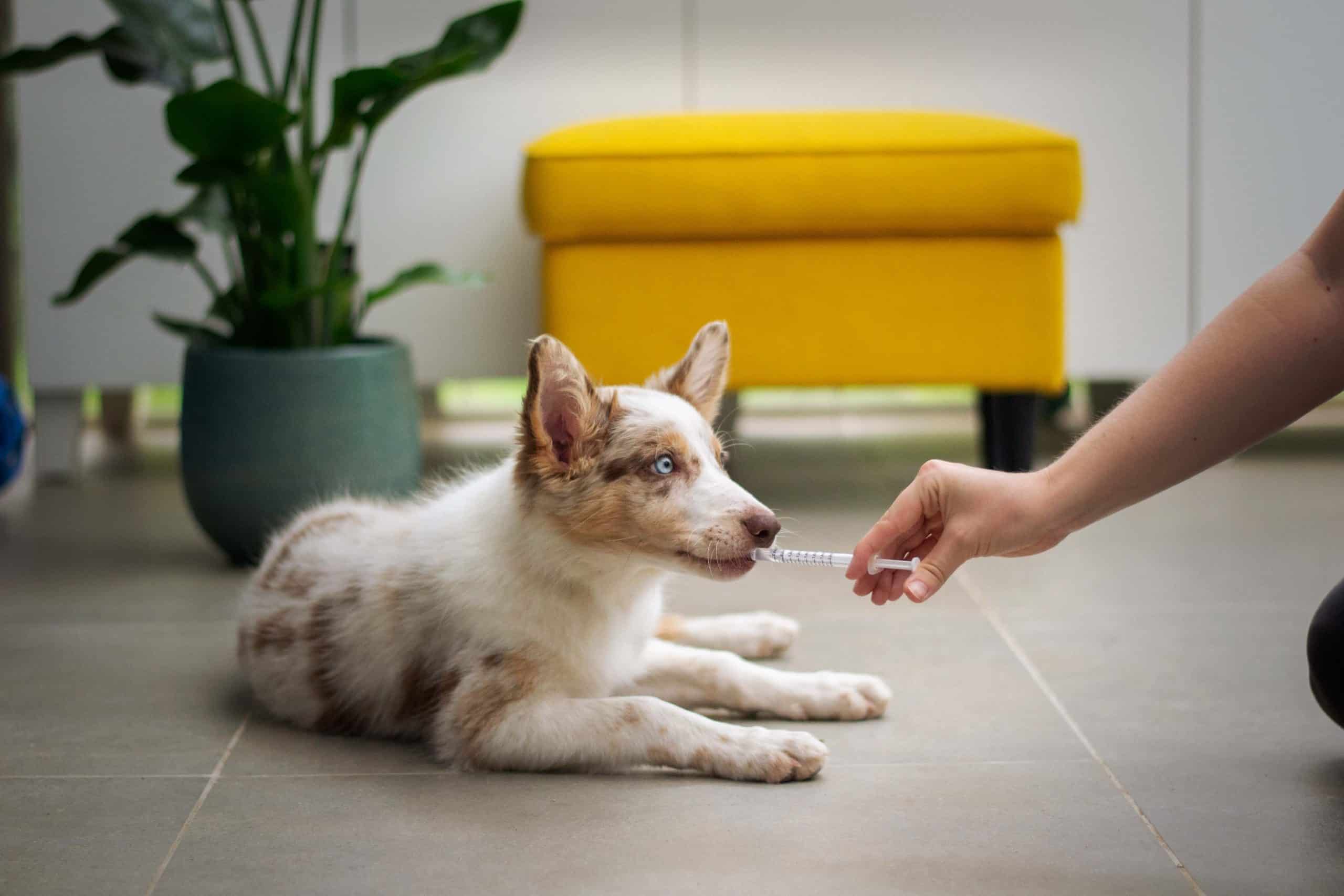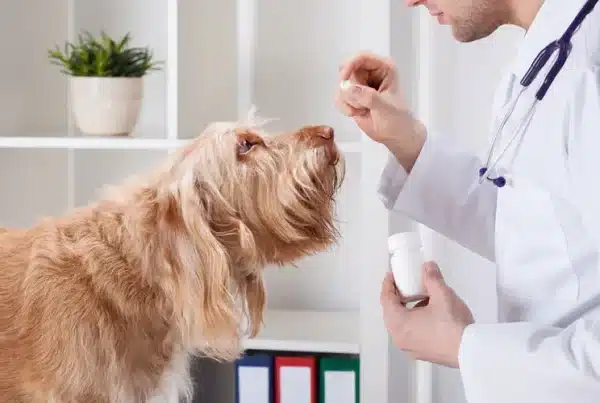Do you find it difficult to give your pet medication? When prescribing medicine for your animal, pills and capsules are the most frequently prescribed. Pills and capsules work well for relieving pain and dealing with infections in your pet. Typically, the easiest type of medicine to give your pet is topical medications, but often times it is a challenge to get your dog or cat to stop licking it off their body.
Tip: Make sure you give your pet all their medication, even if they seem to be feeling better.
Here are some effective tips to make sure your pet takes their medications:
Hide the pills in food
Hiding your pet’s pills in their food is the most common and simple way to administer medication, and is often times very effective. For dogs, hide the medication into any treat your dog loves, often times, the stinkier the better, so they cannot sniff the pill out. To avoid having your dog spit our their pill, follow up the initial treat with another treat that is harder to swallow, like peanut butter. For cats, you can attempt to hide their pills in food they love, but this tactic might prove more difficult. Another option is to crush their medication and mix it with their wet food, but it is important to check with your vet first, as it could decrease the drugs effectiveness.
Keep your pet from licking their topical medication
It is common that pets are uncomfortable in the early stages of treatment. This happens because the wound may still be painful or the medication may cause some temporary discomfort. When you apply the topical medication, apply it just before you feed your pet. As your pet eats, the medicine will get into their skin and become effective. Another distraction for your dog would be to take them for a short walk right after applying the medication. Often times animals can become agitated with an Elizabeth Collar. This collar goes around the pets neck to keep them from licking their medication. It is effective to give your pet a treat or take them for a walk. Typically they will accept the collar within a few hours. Also, it is more effective if you praise and reward for good behavior.
Try the paw method
If your pet has a liquid medication or a medication that is approved to be crushed, place it in peanut butter or another sticky food, put it on their paw and they will lick it off.
Place the medicine in your pet’s mouth
Despite all efforts, your pet may still refuse to take their medication. If this happens, here are the best steps to help your pet swallow their medication with as much ease as possible. For a dog, begin by tilting their head back and grasping the top jaw between your thumb and index finger. Then, pull up. Gently pry the lower jaw open with your middle and ring fingers and place the pill in the back of your dog’s mouth, closest to their throat. Follow this step by stroking their throat to encourage swallowing. Try and avoid placing your fingers over the sharp canine teeth. For a cat, begin by placing your hand over the upper jaw and tilting the head backwards. Most of the time, cats will automatically open their mouths so you can insert the pill. If this does not happen, use your middle finger to gently open the jaw and place the pill near the back of their mouth. For liquid medications, do not tilt your pets head backwards, because this can cause choking. Instead, aim the dropper to the side of the mouth between the teeth and the gums.
Compound the medication
Compounded medications are also beneficial for animals. One big advantage with compounding your pet’s medication is the ability to change the flavor of the pill. Preston’s offers chicken, beef, and fish flavoring for your medication. Compounded medications do not contain xylitol or alcohol, which is included in most commercial drugs. These are bad for animals. Another benefit to compounding your pet’s medication is changing a difficult-to-swallow pill into something easier to administer. Compounding is also required if your pet has any allergies to any ingredients, because the pharmacy can alter the dosage so it does not contain particular ingredients.
Call Preston’s Pharmacy or Preston’s Compounding Pharmacy, ask your pharmacist, and visit our website today to learn more about tips and medications unique to your pet.







